A self-guided tour of the exhibition for children and their families
Section 1 : “Context and Initiator”
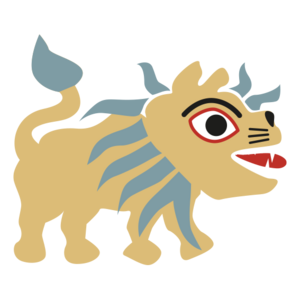
Wɛ mɛ kplɔ o ! (You have arrived, welcome!)
I am Daho, the lion cub. I come from Africa. I live in Dahomey, a country now known as Benin. Don’t be fooled by my appearance: I may look cute, but I’ll strike terror once my teeth have grown!
In 1892, my country became a French colony. It still bears traces of this occupation, such as French being the official language, but regional languages like Fon are still spoken. At the dawn of the 20th century, a French priest, Francis Aupiais, took an interest in our culture.
Albert Kahn supported his project and offered him the help of photographer and cameraman Frédéric Gadmer.
Come find me a little further ahead, I’ll introduce them to you.
Section 2 : “The Aupiais-Gadmer Mission of 1930”
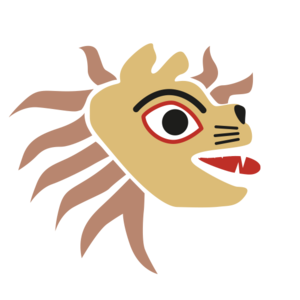
Who goes there?
In 1930, two Frenchmen travelled through my kingdom. One wore a cross around his neck, the other carried strange equipment. Let’s meet them, and then follow their journey on the map.
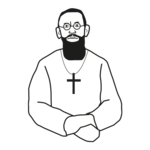
Protagoniste 1 :
Francis Aupiais was a missionary priest in Dahomey for 23 years. His mission was to carry out educational and religious activities among the people. Thanks to the films and photographs he commissioned in 1930, our culture is better understood. He is still highly regarded in Benin today!
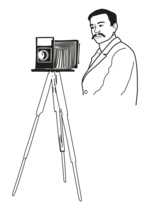
Protagoniste 2 :
Frédéric Gadmer was a professional photographer and filmmaker. He worked for the French army before joining Albert Kahn’s visual documentation crew. In his service, he used both a film recorder and a stills camera. His mission was to record life around the world through images.
Section 3 : “A Portrait of Dahomey”
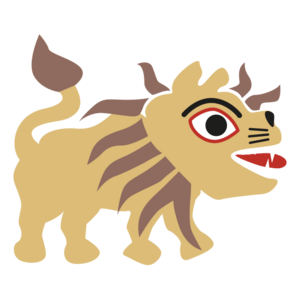
But… what is it?
Thanks to his films and photographs, Frédéric Gadmer documented important aspects of life in Dahomey.
Discover which ones and find images illustrating them around you.
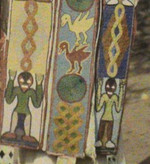
Definition 1 :
Vodun:
Vodun (in the Fon language) is central to our culture. It is present in every aspect of our daily life. Its rituals blend songs, dances, and the use of sacred objects to ensure peace with the world of ancestors and nature.
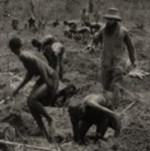
Definition 2 :
Colonisation :
We were colonised. France came and took control of our country. It imposed its laws, language, and culture, even though we never asked for any of it! Not very nice, is it? As in many colonies, the aim was to exploit our natural resources, such as palm oil.
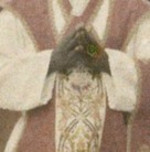
Definition 3 :
Evangelism :
In the colonies, missionary priests like Father Aupiais were tasked with converting the local population to Christianity. This is called evangelism. It involves introducing the Bible and convincing as many people as possible to believe in it.

Ghezo, Béhanzin and me, and me, and me!
Fourteen kings ruled Dahomey between 1600 and 1900. Here, the king is considered sacred and holds several titles, such as Master of the World! The symbol of royalty is the leopard, but each king has his own motto and decorates his palace with a symbol representing him: a fruit, an object, or an animal… like me!
Look for us around you. Then choose your symbol and create your own emblem.
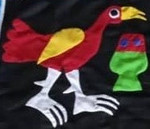
1er clapet
Bird :
I have a beak and wings. To the beat of my drum, you can’t help but listen. I am the symbol of one of the first chiefs of Abomey, Gangnihessou.
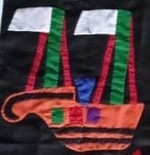
2nd clapet
Boat :
Once with sails, now with a motor, I represent access to the sea after the kingdom expanded. I am the symbol of Agaja, the 5th king.
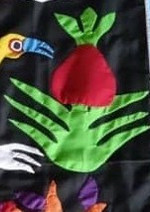
3rd clapet
Ananas :
My leaves are serrated, but my flesh is sweet. I represent resistance in the face of all dangers, even lightning spares me. I am the symbol of Agonglo, the 8th king.
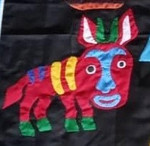
4th clapet
Buffle :
A four-legged herbivore, my horns form a “U”. I represent strength and power. I am the symbol of Ghezo, the 9th king.

5th clapet
Lion :
I have sharp teeth and a long mane. I represent strength and bravery. I am the symbol of Glele, the 10th king
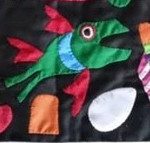
6th clapet
Shark :
I live in water and have a fin. I represent the will to resist the French colonisers. I am the symbol of Béhanzin, the last independent king.
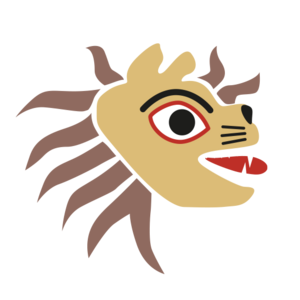
Shh… the ancestors are listening!
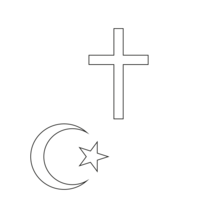
Let’s walk softly so as not to disturb the spirits of the ancestors! We honour them with ritual objects such as asen (asɛ́n in Fon). Over time, new religions have mingled with our Vodun traditions, such as Catholicism and Islam.
Can you spot their symbols in Sènami Donoumassou’s work?
Section 4 : “The Making of the Film”
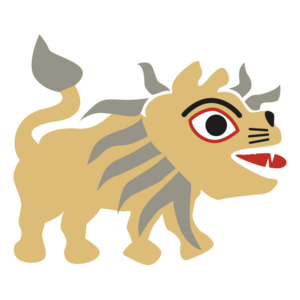
Reels in a Tangle
Frédéric Gadmer brought back about eight hours of film from his journey! Two collections were created: the first shows our ways of life and was shown to Albert Kahn and his guests; the second, called “Christian Dahomey”, highlights the evangelism of our people and was presented by Father Aupiais to the Society of African Missions in Lyon, for whom he worked
Oh dear, all the reels are mixed up… Father Aupiais will be furious!
Help us edit the film in the correct order
Cut! That’s a wrap!
While some of our rituals are performed away from prying eyes, others are public and were filmed by Frédéric Gadmer with our help. Some of our ceremonies were even staged with Father Aupiais so that they could be better understood by viewers.
Look closely and discover the details that show it.
Section 5 “Dissemination and Legacy from 1930 to Today”
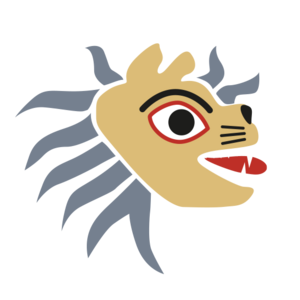
Our objects tell their own story!
I am very proud of the objects from my country that Father Aupiais brought specifically to France in 1926. Dozens of objects made the journey to be exhibited and to showcase how rich our culture is.
Your turn! Find three objects that are both exhibited and photographed: a seat, a calabash, and a gèlèdè mask (Gɛ̀lɛ̀dɛ̌ in Fon).
Who’s the chief?!
Chief Zodéougan looks proud and dignified as he poses for Frédéric Gadmer! The dancer Thulani Chauke was inspired by the portrait of Zodéougan behind you. He imagined a choreography of gestures that the chief might have made in front of the photographer’s lens.
And if you tried to imitate him, what pose would you strike?
